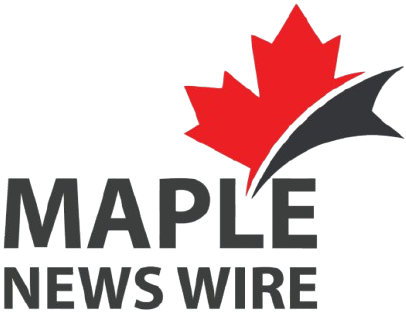Trump and Carney’s first White House meeting reveals trade tensions, defense agreements, and a controversial “51st state” proposal that could reshape US-Canada relations.
A deep dive into the future of North American relations
The New Guard Meets
In a meeting that set the tone for US-Canada relations moving forward, Prime Minister Mark Carney visited the White House for his first official meeting with President Donald Trump since winning Canada’s recent election. The Oval Office exchange revealed significant shifts in North American dynamics, with trade tensions, security cooperation, and ambitious proposals taking center stage.
Trade Tensions Take Priority
The meeting immediately highlighted ongoing economic friction between the two neighbors. Trump maintained his administration’s position on the 25% tariffs imposed on Canadian automobiles, steel, and aluminum—a stance he showed no willingness to reconsider despite direct questioning.
“Is there anything he can say to you in the course of your meetings with them today that would get you to lift tariffs on Canada?” a reporter asked.
Trump’s response was unambiguous: “No.”
These tariffs represent a major challenge for Canada’s economy, with Carney noting during the exchange that “we are the largest client of the United States in the totality of all the goods.” The Prime Minister emphasized the deeply integrated nature of North American manufacturing, pointing out that “50 percent of a car that comes from Canada is American.”
Future of USMCA Remains Uncertain
The meeting also raised questions about the United States-Mexico-Canada Agreement (USMCA), which Trump characterized as a “transitional step” from NAFTA, which he called “the worst trade deal in the history of our country.”
While the President maintained that USMCA is “still very effective,” he suggested its future is uncertain, noting it “terminates fairly shortly” and would need renegotiation. Carney was more direct, stating, “Some things about it are going to have to change.”
The “51st State” Proposition
Perhaps most notably, Trump reiterated his controversial suggestion that Canada could benefit from becoming the 51st American state—a proposal that drew a firm response from the new Canadian leader.
“If I may,” Carney interjected, “as you know from real estate, there are some places that are never for sale… having met with the owners of Canada over the course of the campaign last several months, it’s not for sale. Won’t be for sale, ever.”
Trump acknowledged the rejection but added, “never say never,” and suggested such an arrangement would provide Canadians with “free military” and “tremendous medical cares,” while representing “a massive tax cut for the Canadian citizens.”
Defense Cooperation Finds Common Ground
Despite trade tensions, both leaders appeared aligned on security matters. Trump praised Canada for “stepping up the military participation,” while Carney committed to “a step change in our investment in Canadian security and our partnership.”
The Canadian Prime Minister also acknowledged Trump’s impact on international security: “The president has revitalized international security, revitalized NATO, and has us playing our full weight in NATO.”
Analysis: A Relationship in Transition
This initial meeting between Trump and Carney signals a complex period ahead for US-Canada relations. While security cooperation provides common ground, significant economic tensions remain unresolved.
The stark differences in approach were perhaps best captured in Trump’s statement: “We want to make our own cars. We don’t really want cars from Canada… There’s no reason for us to be subsidizing Canada.”
Carney countered with a vision of partnership rather than absorption or isolation: “The history of Canada and the U.S. is we’re stronger when we work together. And there’s many opportunities to work together.”
What’s Next for North American Neighbors?
As the Biden-Trudeau era gives way to Trump-Carney dynamics, both nations face crucial decisions about their economic relationship. Will protectionist policies prevail, or can a new model of North American cooperation emerge?
The meeting suggests that while personal relations between the leaders may be cordial—with Trump repeatedly praising Carney’s election victory—fundamental policy differences remain substantial barriers to economic harmony.




